#native philippines
Explore tagged Tumblr posts
Text
Asian slaves, indigenous Americans, and identity in colonial era Mexico
The Spanish Philippines had a diverse slave population for local labor and export, including Filipino Indians [i.e. natives; indios], Muslim war captives (moros), and foreign slaves from as far away as Portuguese India.
… Upon their arrival, chino slaves [i.e. any Asian slave, not just Chinese] were absorbed by the urban economy of Mexico City, where they mainly worked as domestic servants or in textile mills (obrajes) … For their part, working in the city provided chinos with some possibilities for manumission. Chinos in domestic service were especially apt to embrace the limited opportunities available to them and to experience some social mobility. In the obrajes, chinos had few of the freedoms given to domestic servants, but they did benefit from government oversight of the industry. During official visits, chino slaves appealed for protection from overt exploitation by claiming that they were Indians (even if they were from Portuguese India). Remarkably, visiting inspectors listened to their complaints, and they often responded by liberating individual chinos under the assumption that they were indeed native vassals and could thus not be held in bondage. The overall experience of chinos in the viceroyal capital confirms the benefits of living close to the center of colonial power.
The presence of free indigenous immigrants from the Spanish Philippines in Mexico reinforced the idea that all chinos were Indians. The complex governing structure of colonial Mexico involved two republics or political communities (the república de indios and the república de españoles); this organization separated the indigenous majority from everyone else to facilitate the collection of tribute and the ministry of the Catholic Church … [N]ative immigrants from the Philippines purposely sought to confirm their membership in the Republic because corporate status provided personal advantages. They asked to be tallied in tribute rolls in Mexico to benefit from concomitant privileges, such as trading rights and legal representation through the General Indian Court. At the same time, free Filipinos were frequently confused with chino slaves - a situation that had serious consequences for Filipinos' relations with colonial institutions and enslaved individuals. Some immigrants resented having their indigenous identity questioned and sought to maintain a sense of their Indian-ness by keeping their distance from chino slaves. The majority, however, expressed solidarity with chino slaves. Filipino artisans, for example, took on chino slaves as apprentices and taught them marketable skills. Similarly, Filipino traders incorporated chinos into their own credit networks to facilitate self-purchase.
Individual chinos who were manumitted also embraced an Indian identity, regardless of whether they were from Goa, Macau, or other places in South and Southeast Asia. In this way, chinos challenged official attempts to define them solely as former slaves. Instead, they sought to join the free republic. The possibility for this kind of social integration caused widespread concern among slave owners. To defend their property rights, masters started to brand chino slaves on the face, rather than on the chest or arm as they did with Africans, in order to dissuade them from fleeing and "passing" as free Indians. This horrifying development shows that Indian communities welcomed runaway chino slaves and, by extension, that slave owners sought visible markers of their slaves' status.
Excerpt from the Introduction to “Asian Slaves in Colonial Mexico: From Chinos to Indians” (2014) by Tatiana Seijas
115 notes
·
View notes
Text
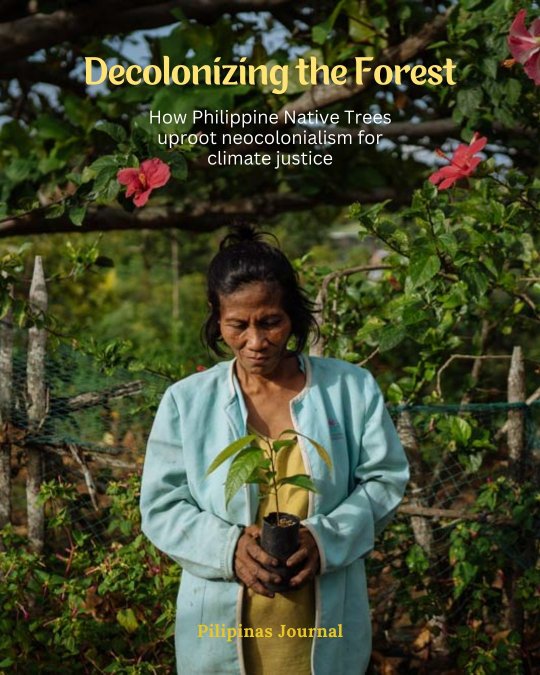



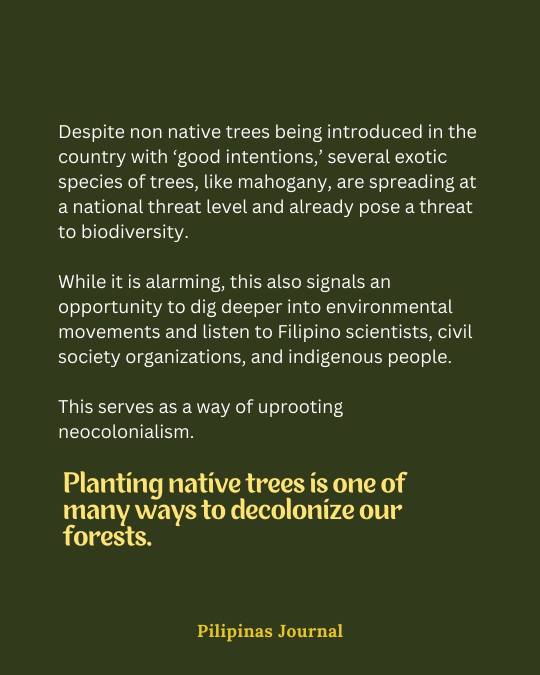
From Pilipinas Journal Instagram Page: Planting native trees is part and parcel of a broad process of uprooting neocolonialism and building climate resilience. Given that they are tied to their relationship with the rich Philippine soil, planting native trees in the country is one of many ways to decolonize our forests. Other than that, planting native trees may not be the sole answer or cure-all to systemic climate injustice, but doing this will manifest our respect for our indigenous roots and honor Mother Earth.
Discover the profound connection between our forest ecosystem, neocolonialism, and climate resilience in their latest article.
#philippines#not a lit post#decolonizing the philippine forest#essay#philippine native trees#philippine wild life
90 notes
·
View notes
Text
A Japanese uni exchange student just confessed his love for a friend he made during his time in the Philippines and I AM SOBBING RIGHT NOW 😭😭



This is such a poetic love confession I can't even 😭 I hope Carl gets to see this before sunset boy goes home.
#AHHHHHH#I'm having so many feels right now#Philippines#Japan#Carl I swear I'll make a fund raising campaign for you to go to japan if you don't get to talk to sunset boy#non-native english foreigner says they're not good at expressing themselves in english#proceeds to make the most poetic love confession ever#smh#love confessions#this would make a great Ash x Eiji fangic ngl#Ash x Eiji
16 notes
·
View notes
Text
Weird Creature of the Day: Giant golden-crowned flying fox

What a beautiful large boy! It's Acerodon jubatus!
This is one of the largest bats in the world, weighing up to 1.4 kg (3.1 lb) and growing a wingspan of up to 1.7 m (5.6 ft)-- that's nearly as long as I am tall! That's longer than many humans are tall!
A. jubatus is only found in the Philippines-- one of the most biodiverse places in the world! They are currently endangered. Their populations are declining due to habitat loss and bushmeat hunting (which occurs mostly in rural, impoverished areas). The prevalence of bushmeat hunting comes from a long history of colonization, labor and land exploitation, and natural disasters exacerbated by climate change (which is itself a result of colonizers' exploitation and pollution of the global South).
They live in colonies of hundreds to thousands, and sometimes live in mixed-species groups with large flying foxes (P. vampyrus). The two species often hunt and rest in the same areas, as both are nocturnal.
Moms of this species give birth to 1 individual at most once a year. Not much is known about the child-rearing behaviors of this species, but parent individuals have been observed helping their offspring with food and other needs as they grow into adults. Most individuals live between 13-30 years in their natural habitat.
They are primarily frugivorous and a majority of their diet is figs. In my humble opinion, that shows excellent taste. They travel pretty far from where they roost to where they feed- some individuals have been seen traveling roughly 12 km (7.5 mi) for food.
Like most megabats, they don't echolocate. Thankfully, the figs are good sports and don't try to run far.
Image credit: Myron Ray Evasco via
#Please nobody come into the notes acting like the people hunting for food due to necessity and scarcity are the root of the problem#Scarcity is enforced. Poverty is enforced. Please blame the violence that CAUSES this scarcity#Not everyone that kills animals is your cartoon Evil Scheming Poacher archetype. Frequently they are starving#wcotd#wcf#native wildlife#asian wildlife#southeast asian wildlife#philippines#bats#mammals#weird creature of the day#I too would love to live in a forest doing nothing but avoiding people and eating fruit#And being very fluffy. Obviously
9 notes
·
View notes
Photo
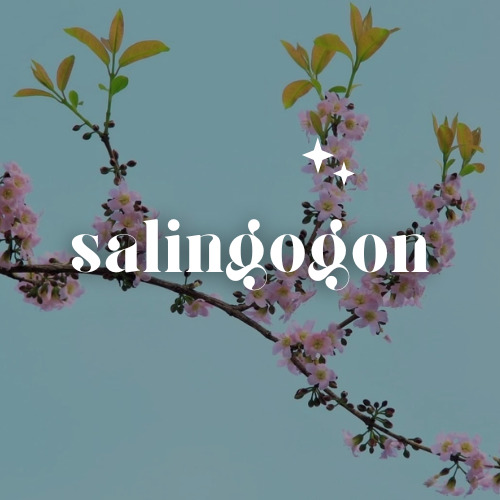

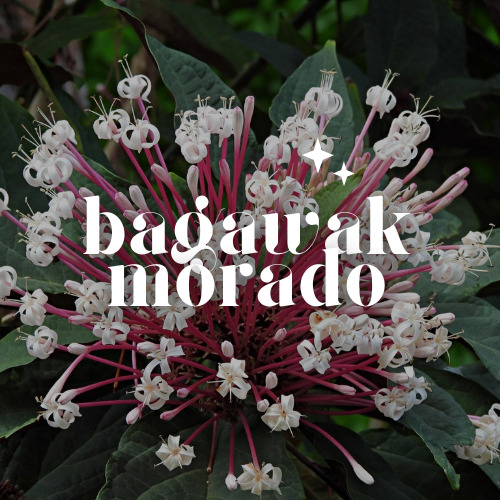

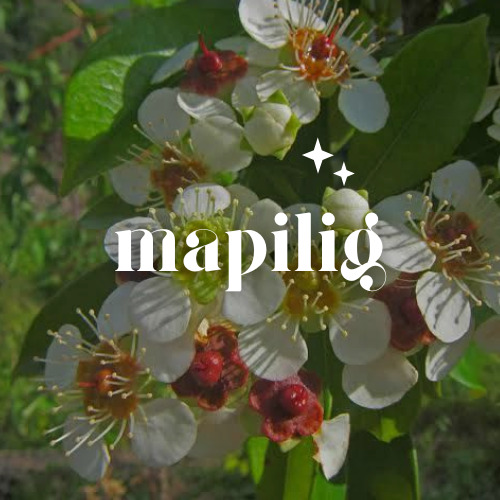
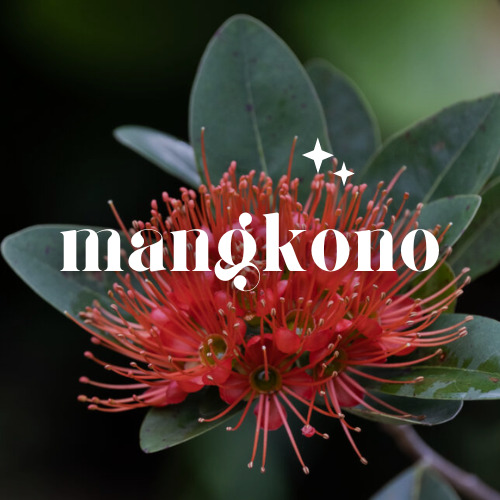
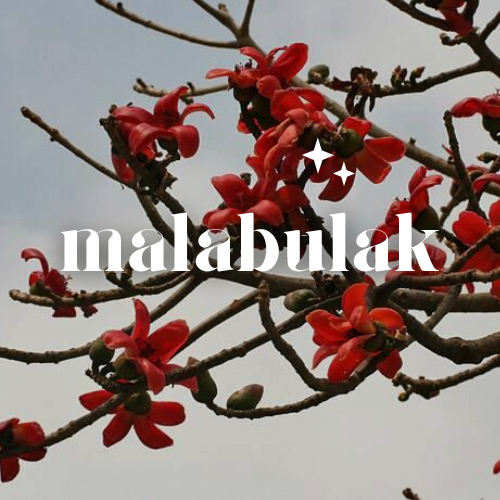
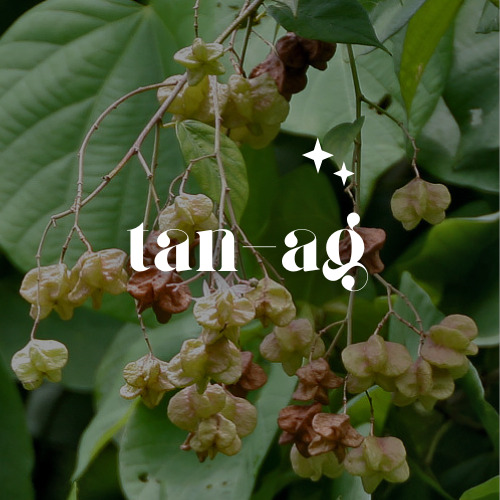
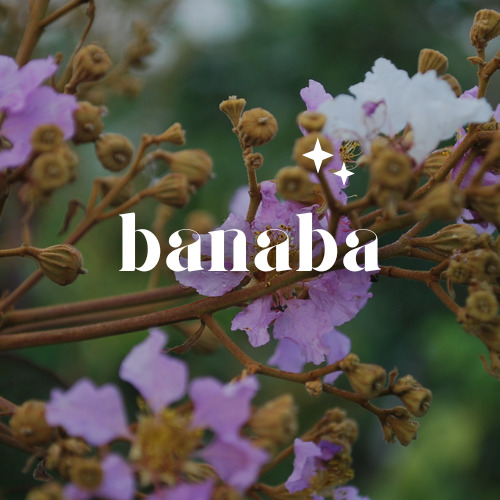
Ilan lamang ang mga ito sa magagandang puno sa Pilipinas. Paborito ko siguro rito ang Salingogon at Banaba. Mukha silang Cherry Blossoms at Wisteria.
103 notes
·
View notes
Text
the ES21 Tagalog dub is such a gem, it kills me everytime
Everyone calls Hiruma as "Youichi." (It's fucking giving me BRAIN DAMAGE every time I hear it.)
When the characters argue, the way they roast each other is TEN TIMES more lethal in my language. If it were IRL, these motherfuckers would be dead a hundred times over.
Hiruma calls everyone names in outdated slang. It's fucking SURREAL. I get whiplash bcs I haven't heard anyone say those words in YEARS.
This is the funniest thing I've ever watched in my fucking LIFE
#tagalog dub is superior to all#my native language roasts people to the fucking DEATH#eyeshield 21#eyeshield21#es21#yoichi hiruma#hiruma yoichi#hiruma#hiruma youichi#youichi hiruma#kobayakawa sena#sena kobayakawa#tagalog#filipino#philippines#dub
32 notes
·
View notes
Text

The NCO looks unhappy, what did you do?
#Art#Random Art#Silver Wing#MLP#My Little Pony#MLP Art#My Little Pony Art#Pegasus#History#Philippine History#Native Filipino Soldier#Spanish Era
17 notes
·
View notes
Text

NOSTALGIA
The distinct smell of a brewing Arabica coffee brought me back to my grandparents ancestral house. A picture of my grandfather stramming a hand made instrument to the sound of our native gongs and cymbals while sipping his coffee in between came to mind. Ah! How I miss him, his sarcasm, and his coffee.
"Kini-ing" my tribe's native delicacy, salted pork meats stringed by a bamboo stick then placed over a fire to preserve it for days. The salt and fire smoke give it a tangy flavor. Our kind of grilled meat..😅
Unfortunately, these traditions are slowly dying out due to the advent of technology. Espresso machines are now used to make coffee and "kini-ing" is rare to find.
Arabica brewed coffee and a kini-ing for viand, what a meal!..
#food#foodporn#foodie#delicacy#native#tribe#igorot#nostalgia#coffee#brewed coffee#meat#pork#fire#smoke#aesthetic#view#philippines#igorota#delicious#yummy#native delicacy#culture#tradition
2 notes
·
View notes
Text

Native shell game in Manila, Philippines
American vintage postcard
#postal#american#historic#ansichtskarte#sepia#vintage#tarjeta#native#game#briefkaart#manila#photo#shell#postkaart#philippines american#ephemera#philippines#postcard#postkarte#photography#carte postale
3 notes
·
View notes
Text
listen the thing is i fully support other countries shitting on the us but like. only if ur not a white (western) european, australian, or canadian. like those three groups..... we are all the same and i'm sorry to tell u but ur a part of this whole shitshow too brother. if another white (western) european starts to go on abt how racism doesn't exist in their country and the us is the root of all evil i WILL be losing my fucking mind
#like the vibe when someone from the philippines is shitting on the us vs when someone from fucking spain is shitting on the us.........#like girl. if u were either a) a colonizing country or b) currently in a country that was colonized by white ppl and eradicated the native#population in order to do so? you do NOT get to say a WORD#the dutch also esp get me im like GIRL THE SLAVE TRADE?????
23 notes
·
View notes
Text










Life here in palawan is the best! Peaceful and tranquil, loving my alone time.
4 notes
·
View notes
Text
Talking about one's self [Part 2]
In this series of posts, I'll be posting about some declarative statements that can be used when talking about one's self in a conversations or during self-introductions.
2) Expressing Likes and Desires
Expressing something that you already like as a declarative sentence and expressing something that you like or want to do as an intention (not yet done) is often expressed as "gusto" in Tagalog. It can both mean like and want.
Gusto ko / ko(ng)
Usually followed by a pronoun or an action word, to express desire to do something or express fondness/liking for a certain hobby. If the action word is in contemplative aspect, then it might be expressing desire to do something. If the action word is in imperfect aspect that implies it is regularly being done, then it might be expressing fondness or liking for a hobby or an activity.
Examples:
Hanga ako sa pamumuno ni Lea. Gusto ko siya maging kaibigan. (Trans: I admire Lea's leadership. I want her to be my friend.) "siya" is a pronoun referring to Lea
Gusto kong kumain ng Jollibee Chickenjoy. (Trans: I want to eat Jollibee Chickenjoy.)
Gusto kong makita mag-perform nang live ang Blackpink. (Literal: I want to see Blackpink perform live.) Both the action words "kumain" (to eat) and "makita" (to see/watch) are in contemplative aspect, therefore the speakers express desire to do those activities.
Gusto kong namamasyal sa probinsya tuwing bakasyon. (Trans: I like visiting and going around the province every time I stay for a vacation.) The action word "namamasyal" (to visit and stroll -- visiting and strolling) is in imperfect aspect, meaning that it is still being done, in the process of being completed, or is regularly happening ("tuwing" (every time...)). When translated to english, it becomes a noun in function.
Gusto kong maging...
This phrase literally means, "I want to become..." and it can be followed by a noun with or without a modifier.
Examples:
Gusto kong maging matagumpay na negosyante. (Trans: I want to become a successful entrepreneur.) "negosyante" means entrepreneur, which is a noun and modified by the adjective "matagumpay" which means successful
Gusto kong maging oncologist, 'pag nakatapos na ko ng pag-aaral. (Literal: I want to become an oncologist when I finish my studies.) oncologist is a noun that is specific to people
Gusto kong magkaroon ng...
This is the combination of has/have and expressing like statements. It translates to "I want to have..."
Examples:
Gusto kong magkaroon ng bag na Chanel. (Trans: I want to have a Chanel bag.)
Gusto kong magkaroon ng maraming pera! (Trans: I want to have lots of money!)
Note: In actual conversations, sometimes "magkaroon" is dropped and simply use the "Gusto kong..." or "Gusto ko ng..." since both phrases expresses for things or events that are still yet to happen or will happen in the future, which is also being implied in "Gusto kong magkaroon..." sentences. Example: both sentences above can also be stated as "Gusto ko ng bag na Chanel," and "Gusto ko ng maraming pera!" Although the desire to possess both things are not explicitly stated, the speaker's meaning is left to be interpreted based on the context of conversation.
Gusto ko si ____ / ng ____
Usually followed by nouns. "Si" is followed by proper pronouns especially if a name of a person, while "ng" is usually followed by common or abstract nouns.
Examples:
Gusto ko si Ben dahil hindi siya nagsasabi ng mga birong sexist. (Literal: I like Ben because he doesn't tell sexist jokes.) "Ben" is a name of a person. "Si" becomes a marker for a proper noun.
Gusto ko ng sariling bahay para magkaroon na ko ng privacy. (Literal: I want my own house for me to have privacy.) "Bahay" is a common noun or object meaning house, while the word "sarili" is a modifer that means my own or mine.
Additional notes:
Most of the ko pronouns used can be substituted by other pronouns like mo, ninyo, niya, nila, natin, and namin.
Pay attention to how si and ng are used to be familiarized with these
#learn tagalog#tagalog langblr#filipino langblr#learn filipino#philippine culture#pinoy culture#authors#language study#filipino grammar#tagalog grammar#tagalog native speaker#how to speak tagalog
18 notes
·
View notes
Text

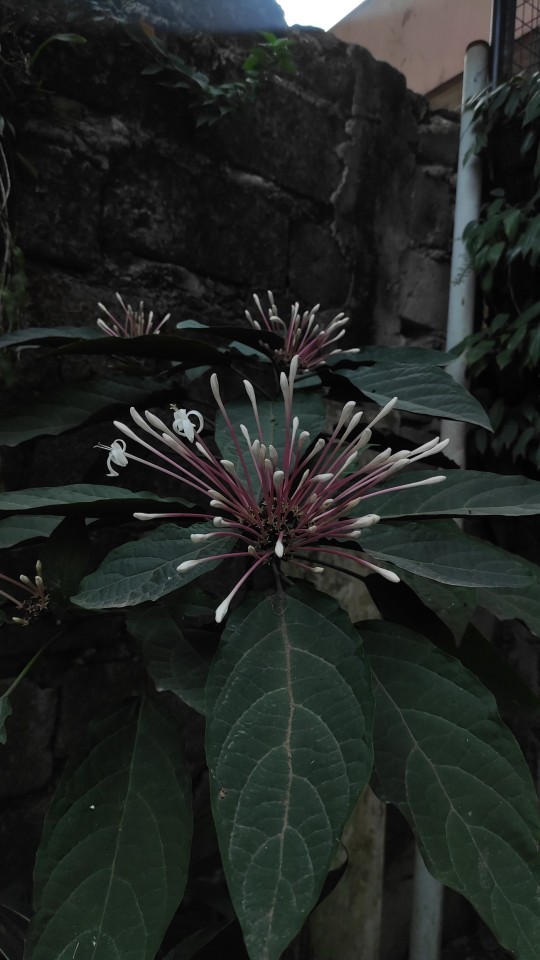
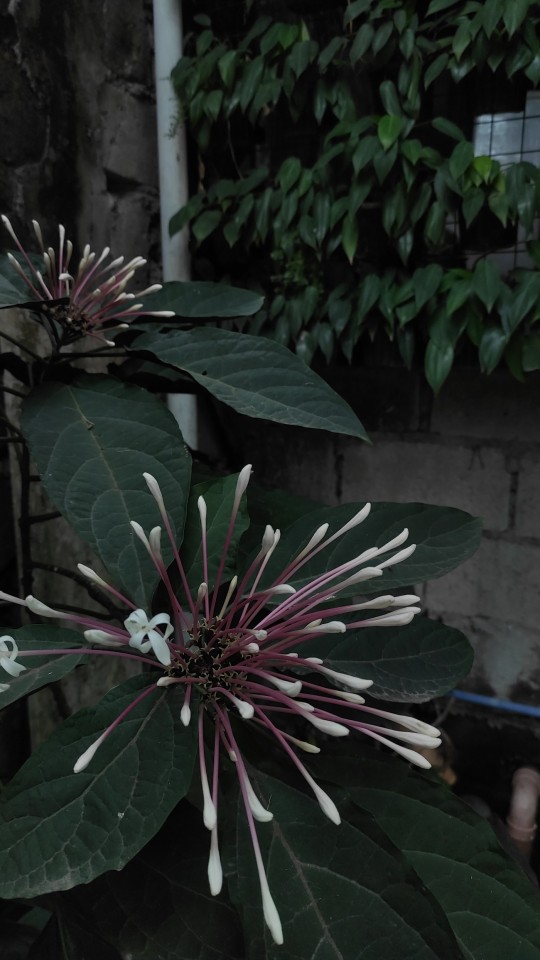
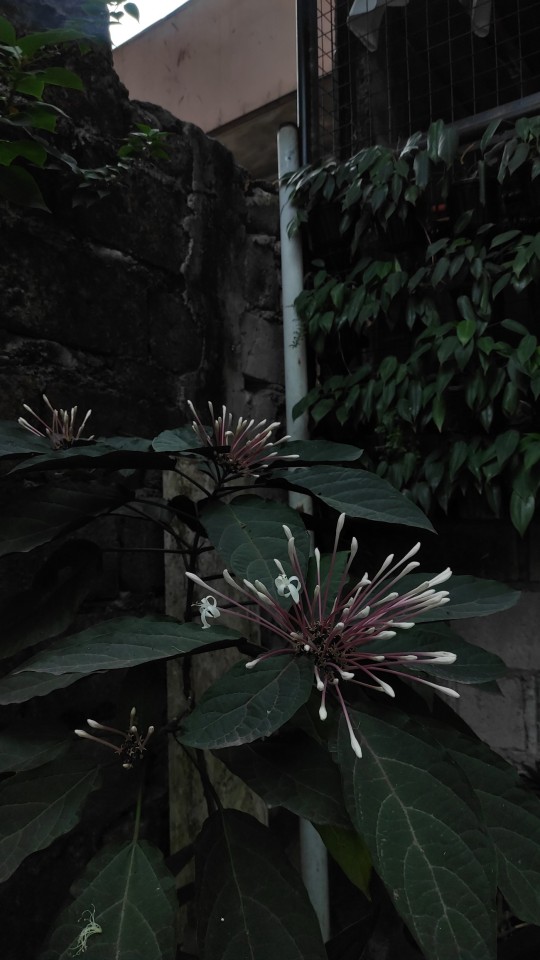
Our little Bagawak Morado plant is starting to bloom! ✨ Mas maganda yung sa neighbor namin kasi mayabong na, pero we're so happy! This one's native in the Philippines and blooms in January, siguro kaya tawag din sa kanya ay fireworks.
17 notes
·
View notes
Text
A Japanese uni exchange student just confessed his love for a friend he made during his time in the Philippines and I AM SOBBING RIGHT NOW 😭😭



This is such a poetic love confession I can't even 😭 Carl I hope you see this page while there's still time left
#or else I'll make a campaign for you to go to japan#you better see this Carl#love confessions#now this is some shit I'd like to see in some romance book#Japan#Philippines#I feel like this would make a great bananafish Au#Ash x Eiji#I swear some non-native english foreigner would say they're not good at expressing themselves in english#then proceeds to write the most beautiful paragrah that would move you to tears#smh#real life#I have so many feelings right now
14 notes
·
View notes
Text
tbh i like artemis from the young justice tv show so much because she was a mixed asian girl who didn't really look asian. that could be blamed on just how the show's animation style looked, but her sister jade looked way more like their mother than artemis did, who resembled her white father very much. i saw myself in her, someone disconnected from her mother in phenotype and culture. the genetics are there, but one has shown through dominant and the environment has raised her away from any kind of asian influence or culture that might have been hers. it was so important to me, and still is, that i got to have her as a character i could look up to because even though her asian heritage is hardly ever spoken of and isn't a plot line integral to her character in the show, it still mattered and made artemis more than whatever biases or standards were placed on her from looks alone. we can talk about how her mother was represented in the show, and how her sister jade subsequently fell to the same fate, and how neither of their stories or heritage matters a lick to anyone except to the characters themselves, but i just want it to be known how important a mixed girl like artemis was to me
#ive struggled with being mixed ever since i can remember#ppl dont look at me and immediately clock me as having asian heritage- often the first thought is native or hispanic#ive felt so separated from this entire side of myself for as long as ive been alive- esp since my own mother wont engage with it#we have no traditions beyond american marketing#we have no true heritage or family origins to speak of#i have virtually nothing to cling to solidify this part of me beyond the phenotype of my mother and the thin film that covers my own#so artemis was so important to me as a kid- seeing that kind of representation (even if unintentionally done) did sm for me as a kid#also sorry this is coming out of no where i am tired and surrounded by my fathers family#who i look nothing alike#and how this morning a white man drove me and my mother to the airport and he said 'ive driven you before! to the Philippines right?'#and my mom had to gently laugh and say that she wasn't Filipino and theyve never met before#its just things like that that make me wish for stronger connections that extend beyond the inherited genetics#artemis crock
17 notes
·
View notes
Text

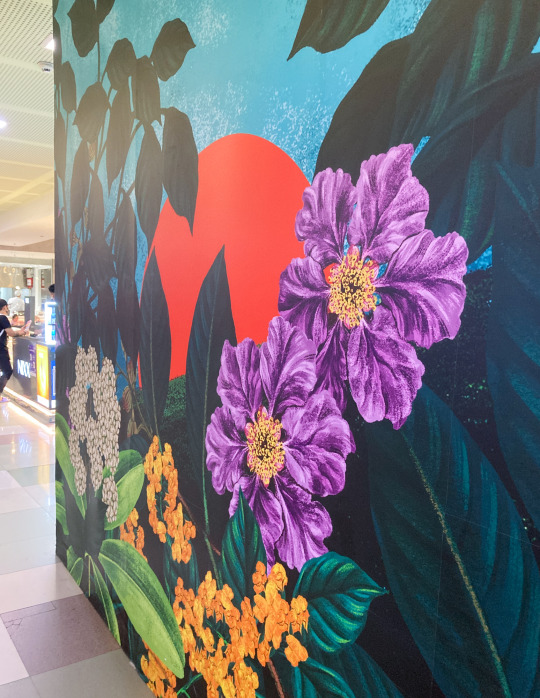


Banaba flowers, and even products & artwork in and around my biking grounds in Manila.
I’m beginning to see more and more local products using Banaba (𝘓𝘢𝘨𝘦𝘳𝘴𝘵𝘳𝘰𝘦𝘮𝘪𝘢 𝘴𝘱𝘦𝘤𝘪𝘰𝘴𝘢). It has long been a traditional medicinal source for various communities in the country. Banaba is native to Southeast Asia, and has been long known for its antidiabetic, anti-inflammatory, and antioxidant properties (DOST PCHRD*).
Maybe one day every home will have a Banaba tree, helping urban ecosystems thrive with life and biodiversity. What local and native trees grow in your neighborhood? How have some of them been utilized by your neighbors and Indigenous communities? These are our health heirlooms, passed down by generation, and germination.
Learn more about Banaba and more of our "forest friends" at the Haribon Foundation: https://haribon.org.ph/support-our-work/rainforestation/forest-friends-of-the-philippines/meet-banaba/
*Department of Science and Technology, Philippine Council for Health Research and Development
19 notes
·
View notes